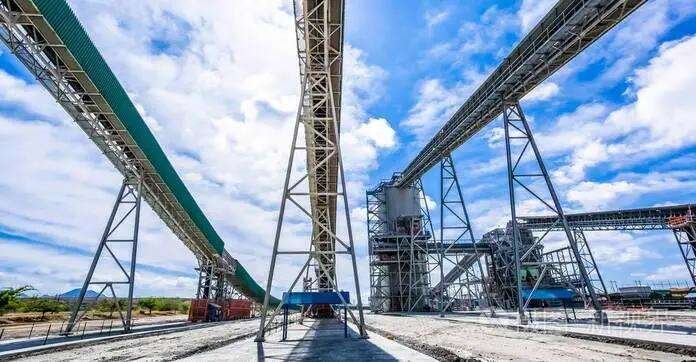컴퓨터 네트워크, 생산 파이프라인, 수처리, 전력 시스템, 데이터 통신 등 다양한 영역에서 유량 제어 및 규제를 달성하기 위한 일반적인 방법으로 누수 버킷 PLC를 적용합니다. 다양한 프로젝트에서 리키 버킷 PLC의 활용 시기와 적용 방법을 이해하는 것이 중요합니다.
- 네트워크 흐름 제어
데이터 전송 속도를 효과적으로 제어하는 것은 컴퓨터 네트워크의 네트워크 혼잡과 대역폭 낭비를 방지하는 데 필수적입니다.
누수 버킷 PLC 를 사용하여 데이터 패킷의 전송 속도를 조절할 수 있습니다. 누수 버킷에 적절한 파라미터를 구성하면 입력 또는 출력 유량을 제한하여 네트워크의 안정성을 보장할 수 있습니다.
- 파이프라인 제어
자재 또는 제품의 입출고 속도를 제어하는 것은 생산 파이프라인의 원활한 작동과 균형 잡힌 부하를 유지하는 데 핵심입니다. 리키 버킷 PLC는 자재 또는 제품의 공급 속도를 조절하는 데 사용할 수 있습니다.
누수 버킷에 적합한 매개 변수를 설정하면 재료 또는 제품이 다음과 같이 될 수 있습니다. 원하는 속도로 릴리스공급 과잉 또는 부족을 방지합니다.
- 레벨 제어
수처리, 저수지 또는 물탱크에서는 수위를 지정된 범위 내에서 유지하는 것이 매우 중요합니다. 누수 버킷 PLC는 수위 상승 또는 하강 속도를 제어하는 데 사용할 수 있습니다.
누수 버킷 매개변수를 구성하여 물의 유입 또는 유출 속도를 제어하여 원하는 범위 내에서 수위의 안정성을 보장할 수 있습니다.


- 전력 부하 관리
전력 시스템의 안정성을 유지하려면 전력 부하를 원활하게 조절하는 것이 필수적입니다. 누설 버킷 PLC는 전력 부하 변화율을 제어하는 데 활용할 수 있습니다. 누설 버킷 파라미터를 설정하면 전력 부하 변동 속도를 제한하여 전력 시스템을 불안정하게 만들 수 있는 급격한 부하 변동을 방지할 수 있습니다.
- 데이터 전송 속도 제어
데이터 전송 속도를 제어하는 것은 데이터 통신에서 안정적인 데이터 전송을 보장하는 데 매우 중요합니다. 누수 버킷 PLC는 데이터 전송 속도를 제한하는 데 사용할 수 있습니다. 누수 버킷에 적절한 파라미터를 구성하면 지나치게 빠른 데이터 전송을 방지하여 수신 측이 적시에 데이터를 처리할 수 있습니다.
결론:
누수 버킷 PLC의 적용은 유량 제어 및 조절이 필요한 프로젝트에 매우 중요합니다. 네트워크 흐름 제어, 파이프라인 제어, 레벨 제어, 전력 부하 관리, 데이터 전송 속도 제어가 대표적인 누수 버킷 PLC 애플리케이션의 예입니다. 성공적인 프로젝트 구현을 위해서는 누수 버킷 PLC의 활용 시기와 적절한 누수 버킷 파라미터를 구성하는 방법을 이해하는 것이 중요합니다. 리키 버킷 PLC를 효과적으로 적용하면 시스템 안정성과 효율성을 향상시킬 수 있습니다.
찾고 계십니까? 다음 프로젝트를 위한 CAN 광섬유 게이트웨이 ? 자세히 알아보려면 클릭하세요!
